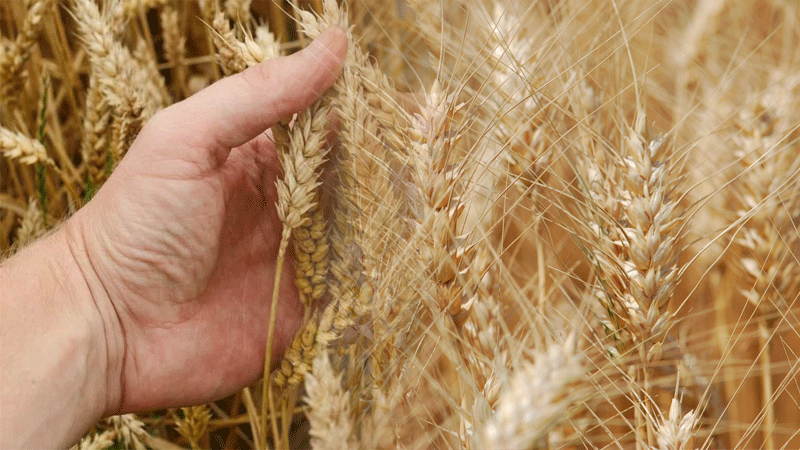The recent heavy rains and hailstorms in many districts of the province have damaged 5 to 6 percent of wheat crop worth Rs23 billion.

The recent heavy rains and hailstorms in many districts of the province, according to the Punjab agriculture authorities, have damaged 5 to 6 percent of wheat crop worth Rs23 billion.
Several districts were battered by windstorms and wet spells over the course of the last two weeks, which caused about 50% of the standing crops to lodge (fall to the ground). However, farmers estimate that up to 70% of people live in lodging.
When crop stems are permanently displaced from their vertical position due to stem buckling and/or root displacement brought on by strong winds during rain and hailstorms, this is referred to as lodging.
According to data from the agriculture department, up until March 30, 2023, of the 16.014 million acres of land planted in wheat, 0.8 million acres were partially damaged and 30,000 acres were completely destroyed by bad weather. On April 2, more hailstorms hit some south Punjabi districts.
The worst-hit districts were Sheikhupura and Nankana Sahib, where crop losses were estimated to be around 40 percent. These districts were followed by Muzaffargarh (14.8 percent), Sahiwal (14 percent), Toba Tek Singh (12.9 percent), Okara (12.5 percent), Bhakkar (10.5 percent), and Pakpattan (10.2 percent), while losses in five other districts were less than 10 percent and in other places insignificant.
In partially damaged areas, his office estimates a 20 percent production loss, resulting in a decrease in average output from 31 maunds per acre under normal circumstances to 24 maunds per acre. He projects that the total production loss, based on the data currently available, will be 236,000 tonnes, or Rs 23bn (at a rate of Rs 3,900 per 40kg).
In Punjab, wheat is a key food staple, and the crop damage scenario occurs against a backdrop of persistently high inflation and problems with global food security in the midst of geopolitical unrest. Farmers’ organisations, however, contest the loss figures and assert that the actual damage was greater.
Khalid Mahmood Khokhar, the president of Kissan Ittehad Pakistan, tells Dawn over the phone that he discovered flattened wheat crops all the way from Multan to Islamabad.
Kissan Board Pakistan President Chaudhry Shaukat Chadhar, who shares his opinions, claims that in some areas, 70 percent of the crop has been flattened by hail and winds, and he anticipates yield losses of up to 15 maunds per acre. He claims that, compared to last year, the crop was doing reasonably well and that the favourable weather helped the grain to mature.
However, the recent rains and windstorms have devastated vast swathes of land, dashed the hopes of the farming community to reap a good harvest, and helped provide nitrogen from the atmosphere to the plants, making up for the brief application of phosphorus fertilisers.
Crop lodging would stop the plants from feeding the grain, make the plants contract, and lead to a low yield, according to Mr. Chadhar. The director of the Wheat Research Institute in Faisalabad, Dr. Javed Ahmad, asserts that lodging never completely destroys a crop.
He asserted that there is little cause for alarm if plants survive even at a 30 percent angle to the ground, but if they are completely flattened to the wet ground, they begin to decompose. The crop was most at risk during the final week of January and the first week of February, when temperatures were, on average, 5.9 degrees Celsius higher than they were at the same time last year.
According to Dr. Ahmad, if caution is not used when harvesting the crop that has been lodged, the yield will decrease by an additional 10%. Farmers should set up manual labour for the task because combined harvesters cannot harvest the flattened crop, he advises.